While millions of travelers plan their journeys around famous monuments and architectural wonders, a growing tribe of explorers chart their course through the world’s flavor landscapes instead. These culinary adventurers understand that eating isn’t just sustenance between sightseeing stops—it’s the main attraction.
A dish can tell you more about a place’s history, geography, and culture than any guided tour ever could. Here is a list of 15 destinations where flavor, not famous landmarks, provides the most authentic and memorable travel experience.
Oaxaca, Mexico
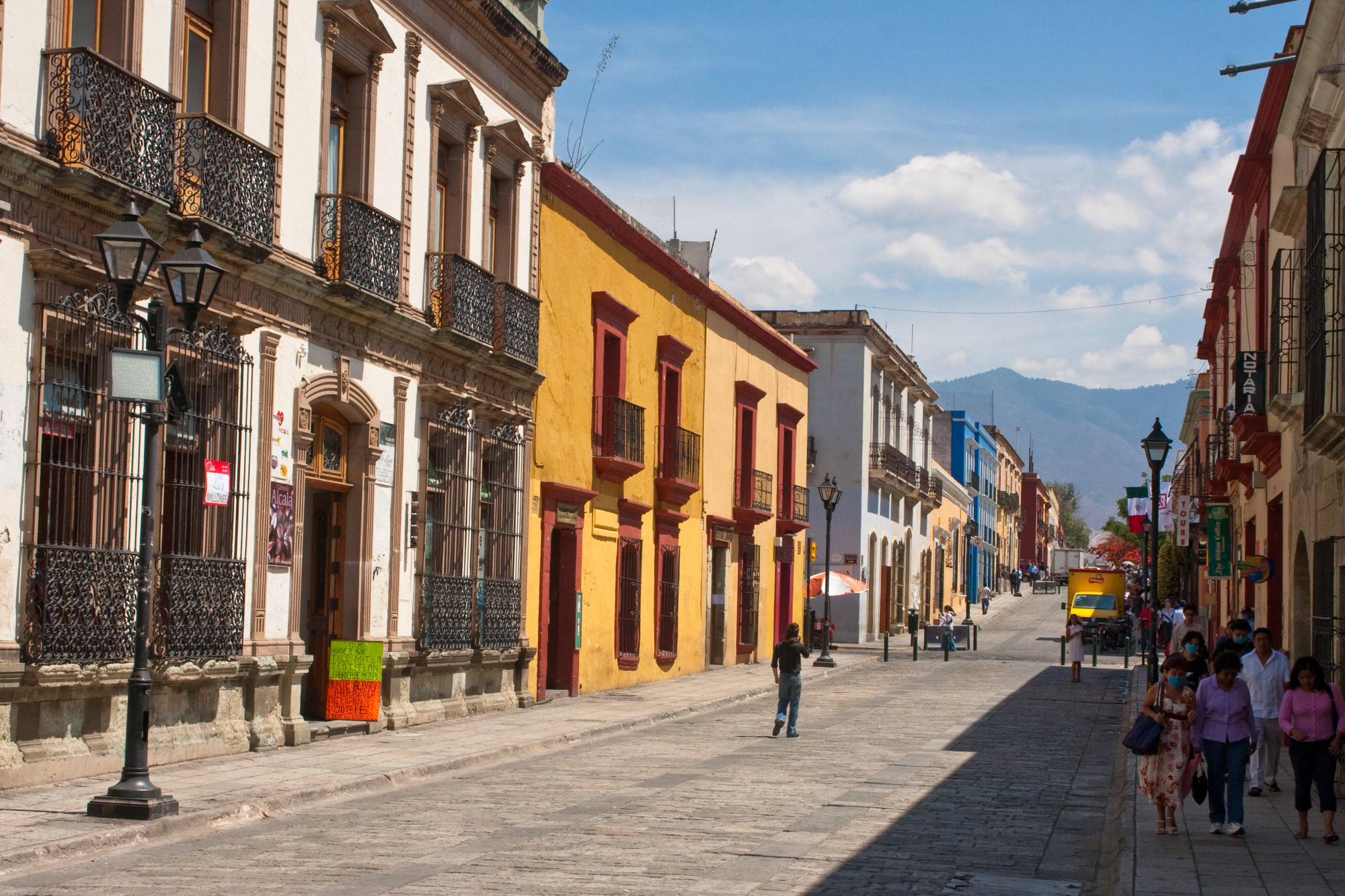
Oaxaca’s culinary reputation extends far beyond its seven classic moles. The region’s isolation has preserved cooking techniques dating back thousands of years like underground pit roasting and stone grinding.
Each valley and mountain village offers distinctive dishes using ingredients like chapulines (grasshoppers) and heirloom corn varieties that exist nowhere else on Earth.
Bologna, Italy

While tourists flock to Rome and Florence, culinary insiders head to Bologna, where fresh pasta is rolled out daily in thousands of home kitchens and specialized shops. The city’s markets overflow with mortadella, aged balsamic vinegar from nearby Modena, and proper Parmigiano-Reggiano.
Bologna’s food culture remains surprisingly local, with many products never leaving the region despite their superior quality.
Penang, Malaysia

Penang’s street food scene represents the perfect fusion of Malay, Chinese, and Indian culinary traditions that have intermingled for centuries. Locals debate the best char kway teow (stir-fried noodles) with the same passion others might discuss politics or sports.
The island’s hawker centers serve as living museums where recipes passed down through generations continue to evolve while maintaining their essential character.
Like Travel Pug’s content? Follow us on MSN.
Lyon, France

Often overlooked by Paris-bound travelers, Lyon has maintained its status as France’s true gastronomic capital for centuries. The city’s traditional bouchons serve hearty, unpretentious fare like pike quenelles and tablier de sapeur (breaded tripe) alongside local Beaujolais wines.
Lyon’s food reflects its geography at the confluence of two rivers and multiple culinary traditions, from the refined techniques of the Alps to the rustic fare of Provence.
Chengdu, China

Sichuan’s provincial capital offers an immersive education in the complexity of balanced heat through its famous málà (numbing and spicy) peppercorn combinations. The city contains over 6,000 specialized restaurants, many focusing on single dishes perfected over decades. Beyond the famous spice, Chengdu’s cuisine showcases stunning techniques in dishes like dan dan noodles and twice-cooked pork that reveal new dimensions with each bite.
Portland, Oregon

Portland’s food scene thrives on the bounty of nearby Willamette Valley farms, Pacific seafood, and the innovative spirit of chefs unbound by tradition. The city pioneered the modern food cart revolution, with over 500 mobile vendors serving everything from traditional Thai boat noodles to fusion creations like Korean tacos.
Portland’s collaborative culinary community treats ingredients with reverence while maintaining a playful approach to dining conventions.
Like Travel Pug’s content? Follow us on MSN.
Tbilisi, Georgia

Georgian cuisine remains one of the world’s best-kept culinary secrets, with techniques and flavors refined over 8,000 years of continuous winemaking and farming tradition. The capital city’s restaurants serve khachapuri (cheese-filled bread) and khinkali (soup dumplings) alongside ancient amber wines made in clay qvevri vessels buried underground.
Tbilisi’s position at the crossroads of Europe and Asia has created a unique flavor profile featuring walnuts, pomegranate, and herb combinations found nowhere else.
Osaka, Japan
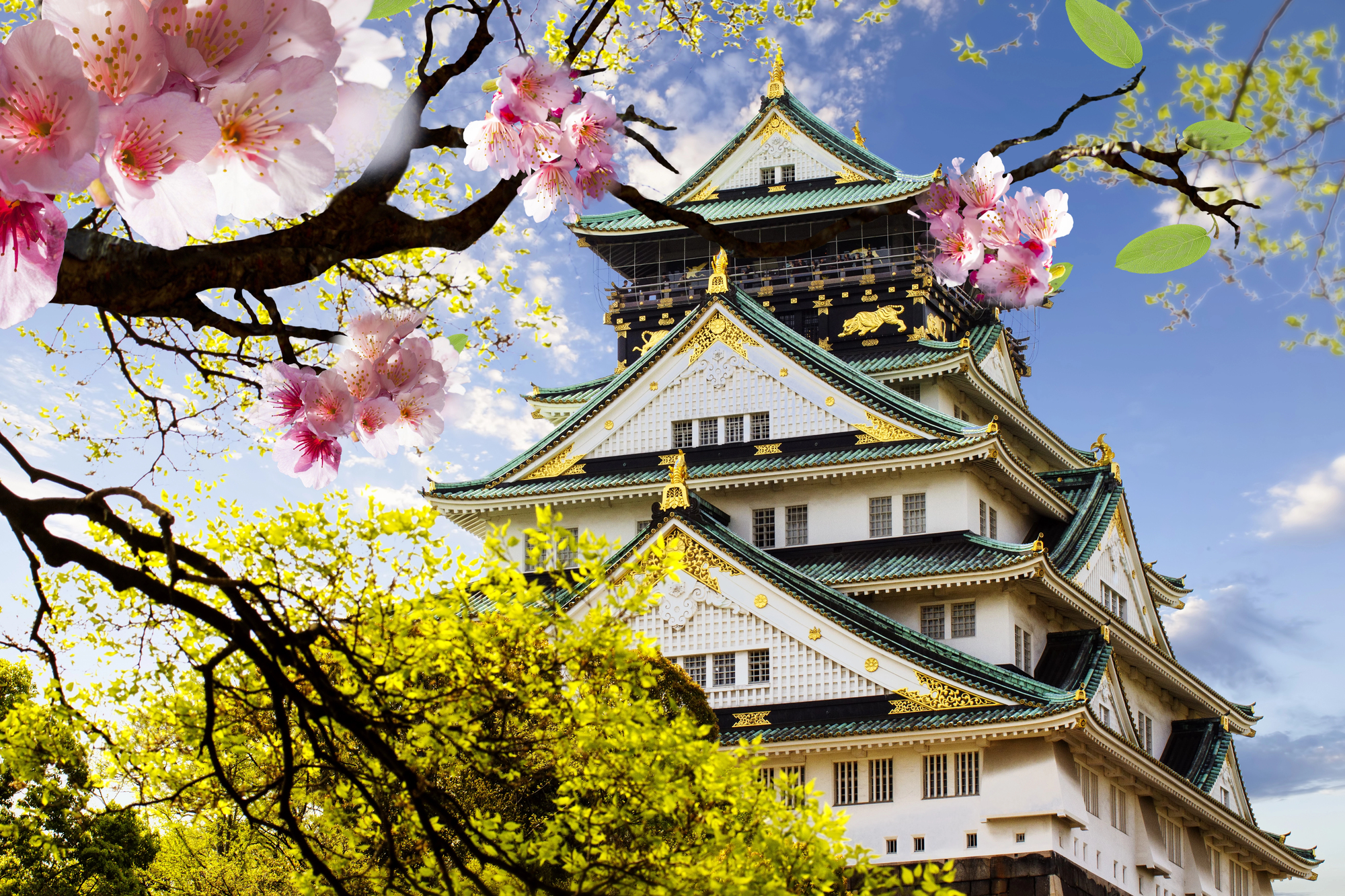
While Tokyo collects Michelin stars, Osaka lives up to its nickname ‘Japan’s kitchen’ with a food-obsessed culture centered on casual dining excellence. The city coined the term kuidaore — ‘to eat oneself into bankruptcy’ — reflecting locals’ willingness to spend on food rather than other luxuries.
Osaka specializes in street foods like takoyaki (octopus balls) and okonomiyaki (savory pancakes) that showcase supreme technical skill applied to humble ingredients.
New Orleans, Louisiana
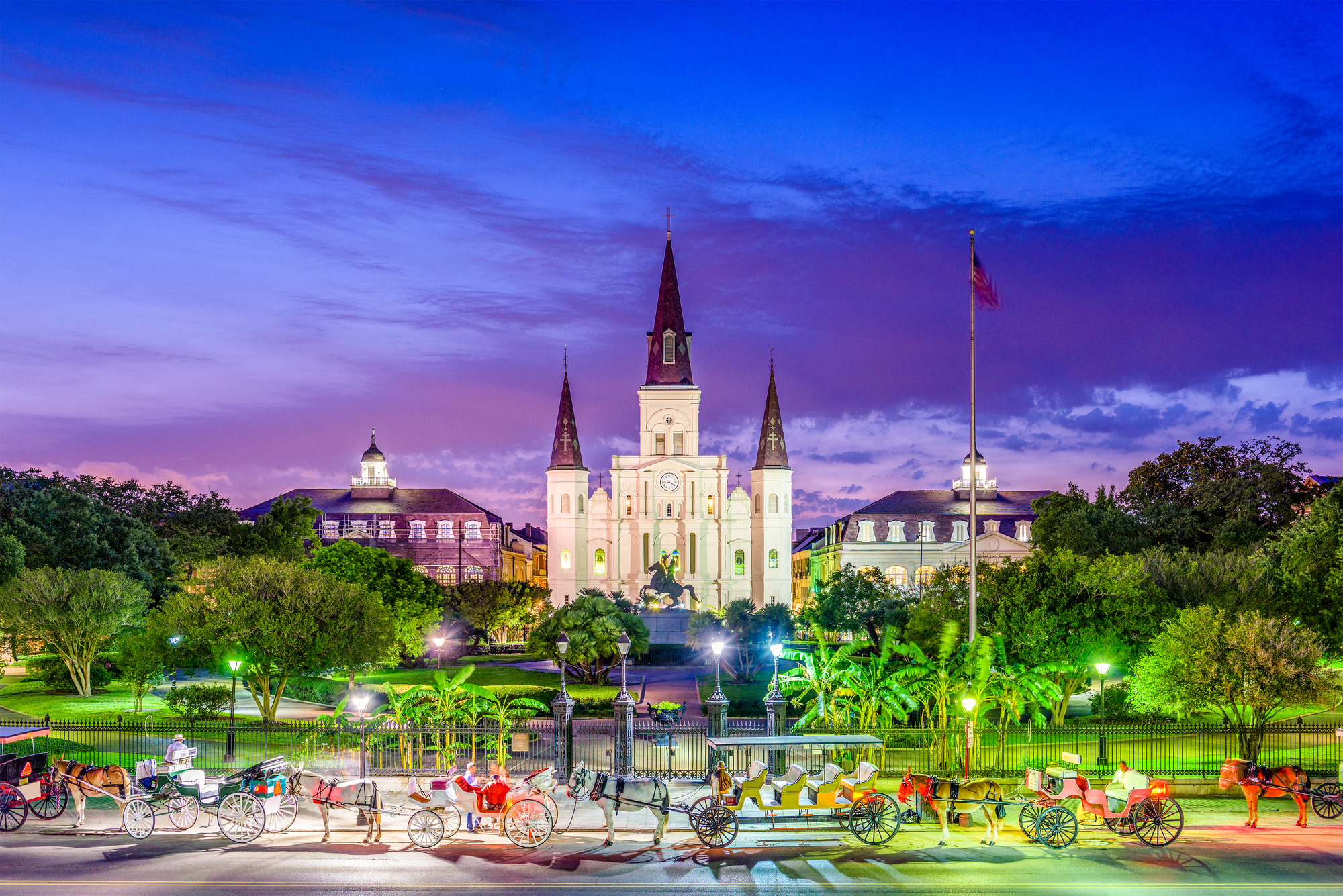
New Orleans cuisine tells the story of cultural collision and adaptation better than any history book could. The city’s signature dishes—gumbo, jambalaya, po’boys—reflect African, French, Spanish, Caribbean, and Italian influences melded together over centuries.
Family recipes are treasured heirlooms, with restaurants sometimes serving the same dishes for generations without changing a single ingredient.
Like Travel Pug’s content? Follow us on MSN.
Marrakech, Morocco
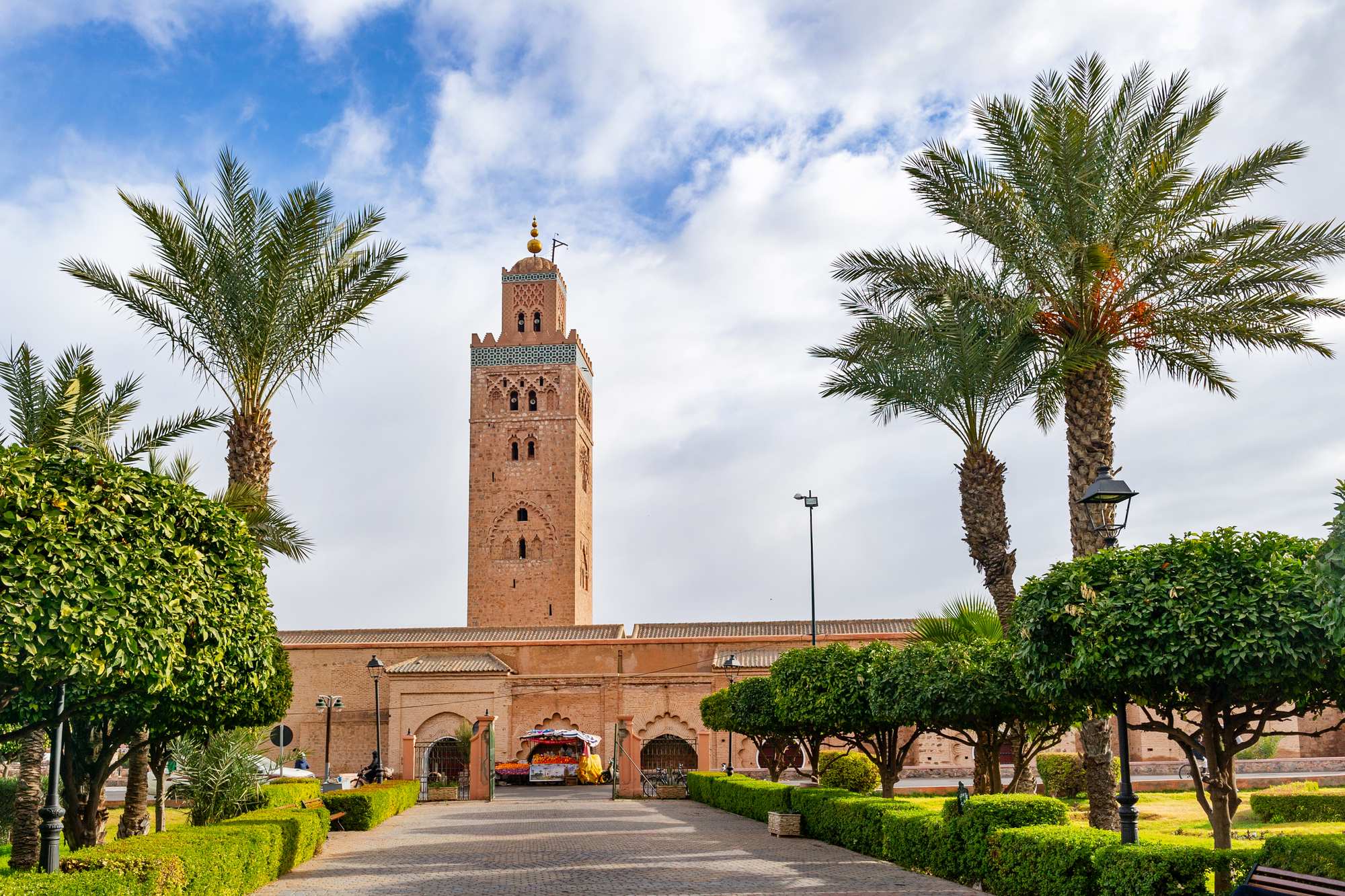
Marrakech offers a sensory feast where spice markets perfume the air with cumin, saffron, and cinnamon that find their way into slow-cooked tagines and couscous dishes. The city’s food incorporates Berber, Arabic, Andalusian, and French influences into a cohesive cuisine unlike any other.
Home cooking remains paramount, with many of the best meals served in family riads where recipes maintain distinctive regional characteristics despite centuries of outside influence.
Lima, Peru
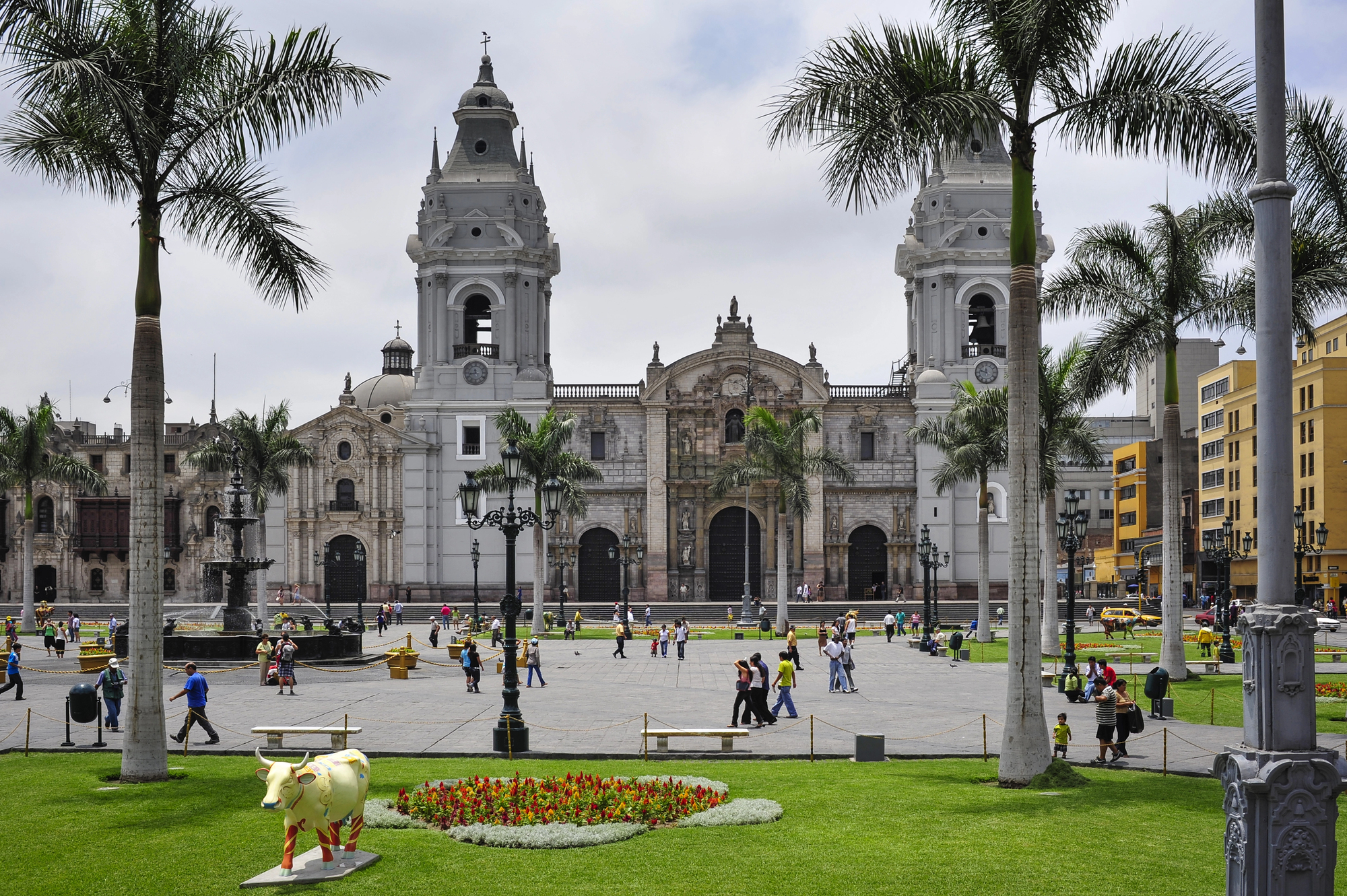
Lima has transformed from a stopover to Machu Picchu into one of the world’s premier culinary destinations. The city’s access to 4,000 varieties of native potatoes, rare Amazonian fruits, and seafood from its coastal waters provides chefs with a unique pantry.
Peru’s multicultural heritage—blending indigenous, Spanish, African, Chinese, and Japanese influences—creates distinctive fusion cuisines like Nikkei and Chifa that seamlessly integrate seemingly disparate culinary traditions.
Bangkok, Thailand

Bangkok’s street food culture reveals Thai cuisine’s sophisticated balance of sweet, sour, salty, and spicy flavors in even the humblest roadside dishes. The city never sleeps, with different specialties appearing at specific times throughout the day and night.
Bangkok’s cooks achieve remarkable consistency using simple tools, often specializing in single dishes they’ve prepared daily for decades.
Like Travel Pug’s content? Follow us on MSN.
San Sebastián, Spain
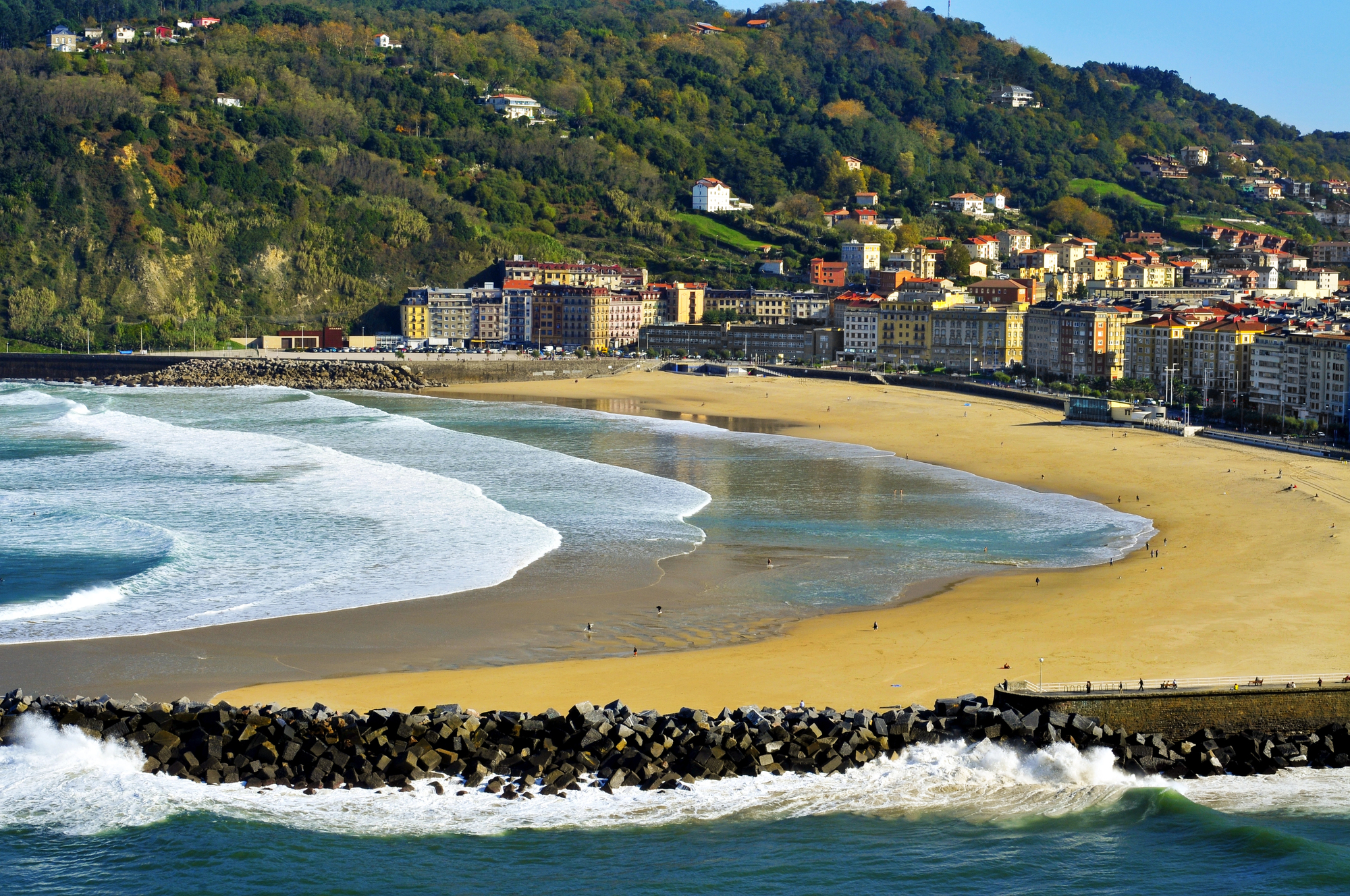
San Sebastián packs more culinary excellence into its small footprint than cities ten times its size. The coastal town combines Michelin-starred molecular gastronomy with pintxo bars, serving perfect bite-sized creations that change with each day’s market offerings.
Basque cuisine’s focus on exceptional minimally transformed ingredients shows most clearly in dishes like txuleta—dry-aged beef steaks cooked over wood fires and seasoned only with salt.
Nashville, Tennessee
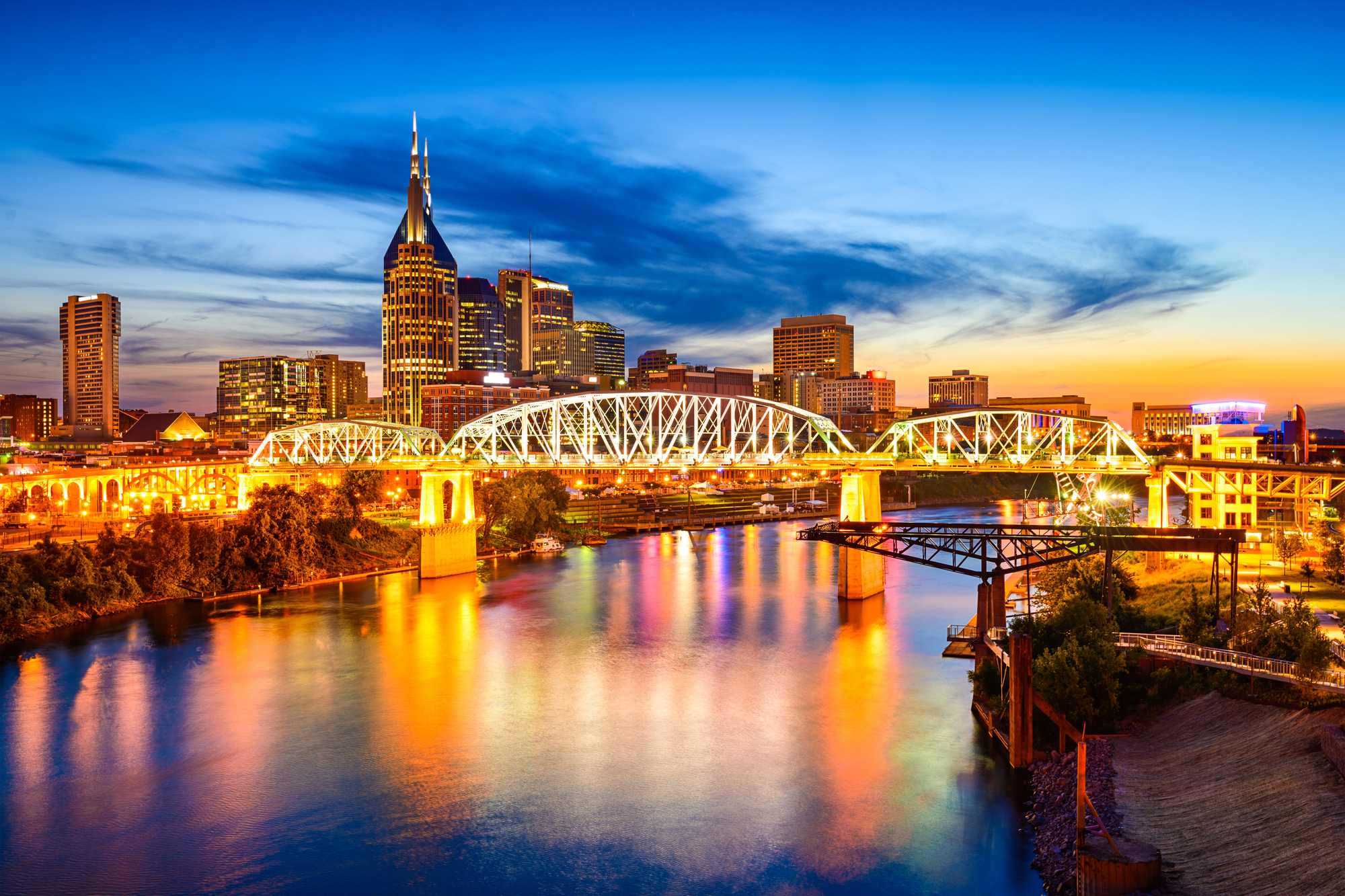
Nashville hot chicken tells a complex American story through a seemingly simple dish with deep roots in African American cooking traditions. The city’s modern food scene builds on Southern foundations while incorporating global influences and techniques.
Nashville’s approach to dining remains unpretentious despite growing national attention, with many iconic dishes still served on paper plates with plastic forks.
Palermo, Sicily

Palermo’s markets vibrate with the sounds of vendors singing the praises of their produce, revealing Sicily’s position as the crossroads of Mediterranean food culture. The island’s cuisine bears markers of every civilization that has ruled it—Greek, Roman, Arab, Norman, Spanish—in dishes like pasta con le sarde (pasta with sardines and wild fennel).
Sicily’s relative isolation preserved food traditions lost elsewhere, like ancient grains and heirloom produce varieties that provide direct connections to classical antiquity.
Like Travel Pug’s content? Follow us on MSN.
The Geography of Taste
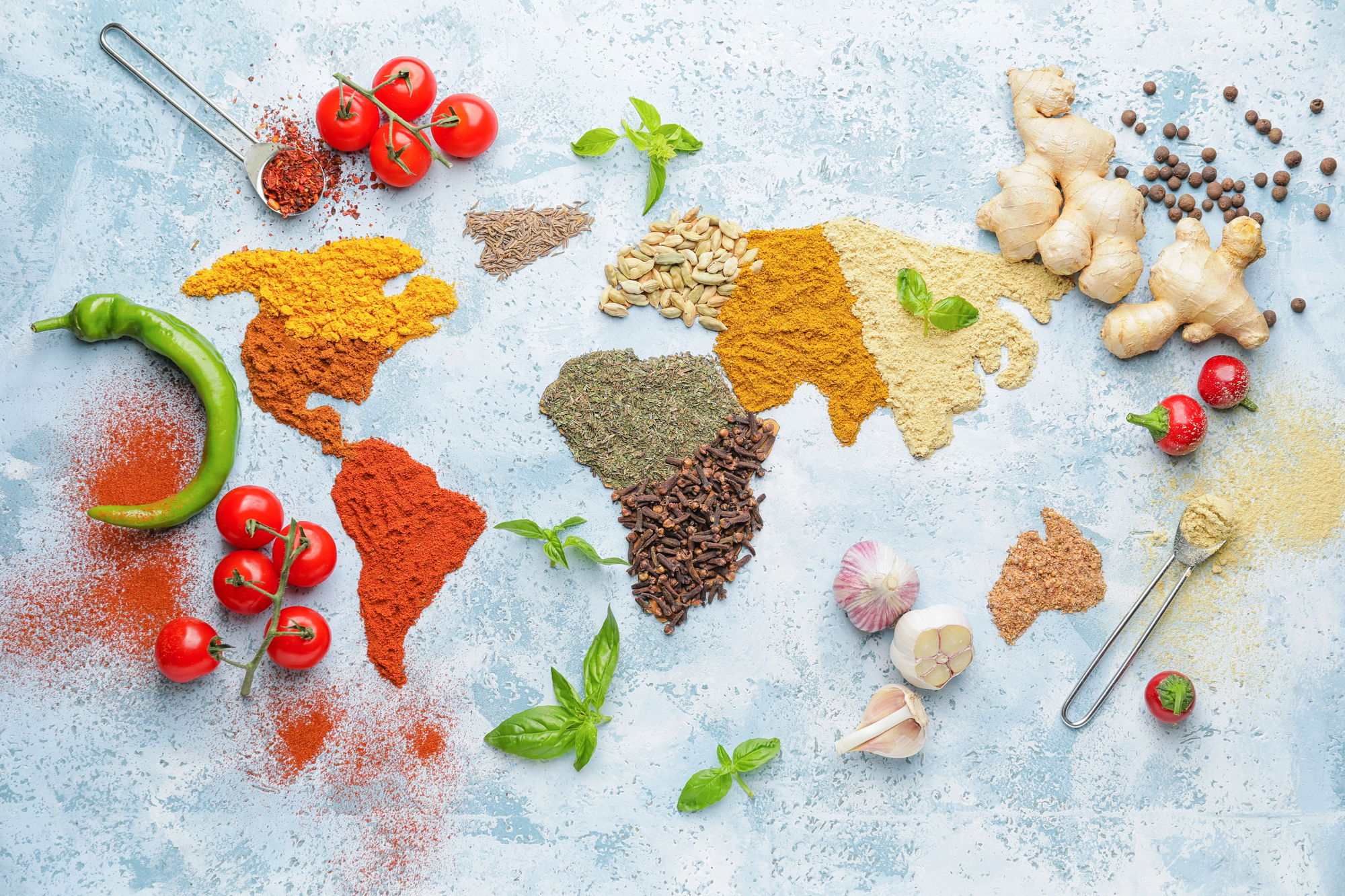
Traveling through flavor rather than landmarks reveals hidden geographies of human migration, climate adaptation, and cultural exchange that are impossible to appreciate through conventional tourism. These fifteen destinations represent just the beginning of possible journeys mapped through taste rather than sightseeing checklists.
The memories of a perfect bowl of noodles or an unexpected spice combination often outlast those of famous buildings or views, creating flavor landscapes in our minds that call us back to places whose essence we’ve truly internalized through the most intimate act of all—eating their food.
More from Travel Pug

- Cities Growing so Fast You Won’t Recognize Them in 10 Years
- 13 Destinations Where Tourists Regularly Regret Their Trip
- 20 Obscure WWII Sites Even History Buffs Don’t Know About
- 10 Under-the-Radar Mountain Towns That Are Both Affordable and Beautiful
- Remote Villages in Europe Where You Can Live for Free in Exchange for Work
Like Travel Pug’s content? Follow us on MSN.
